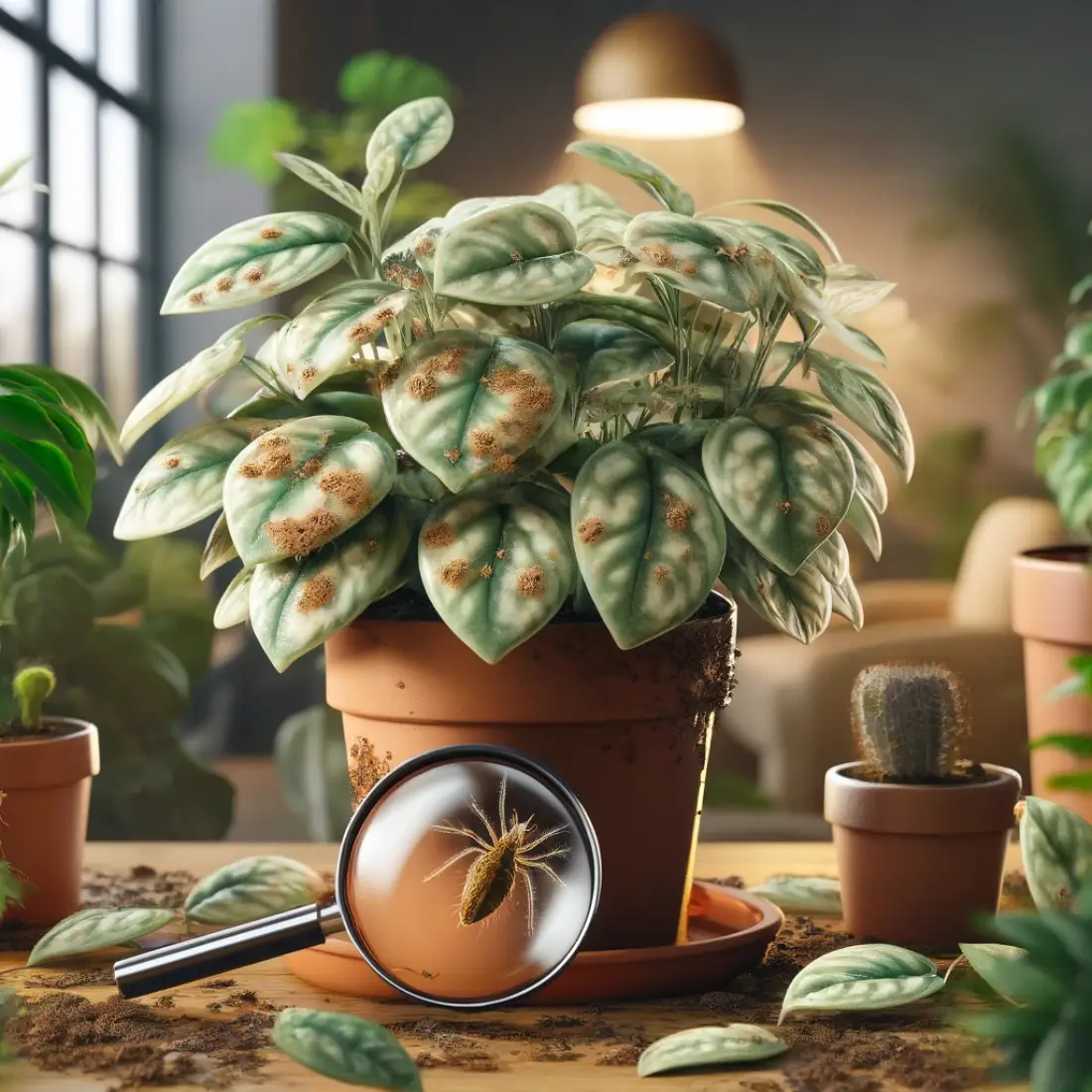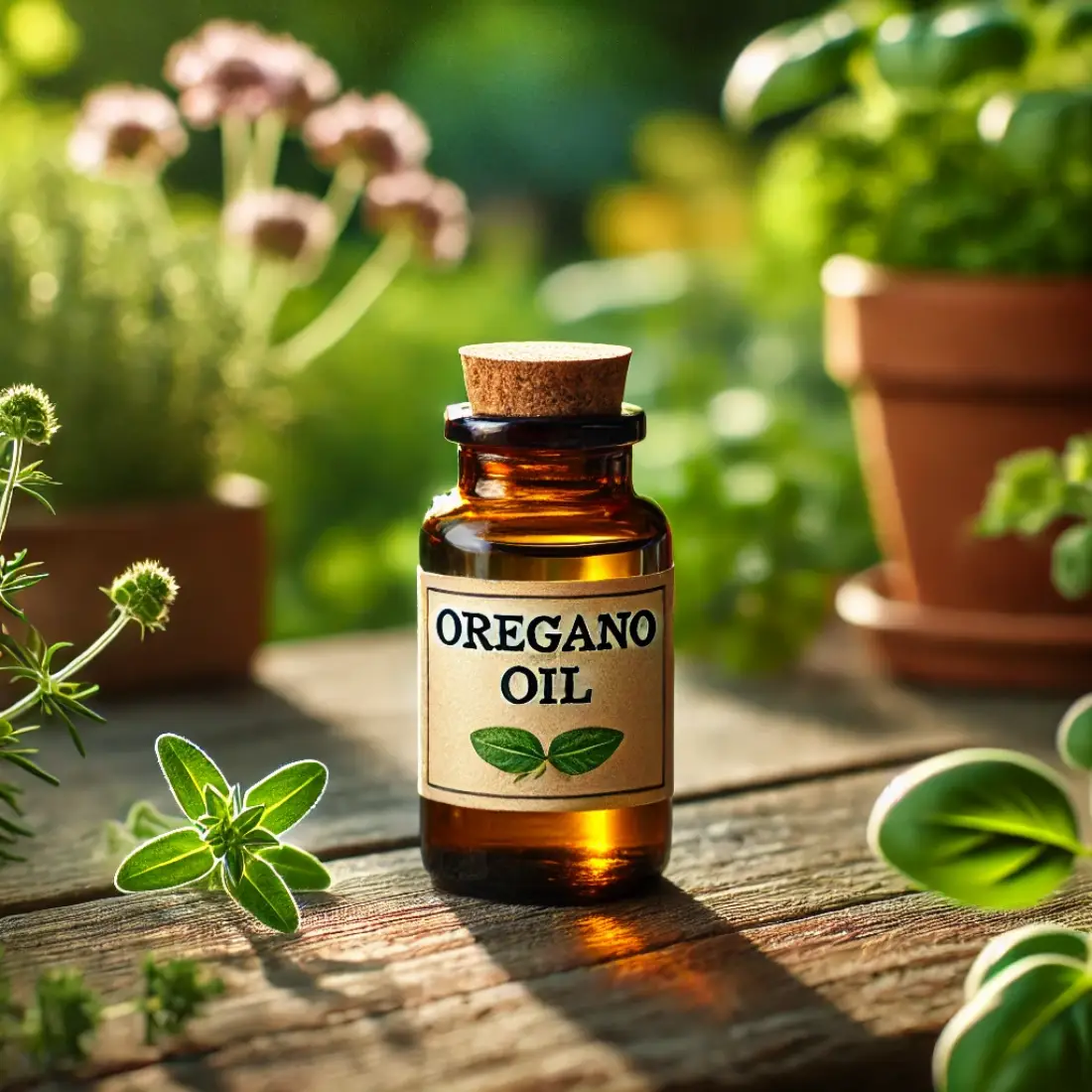Indoor gardening can be incredibly rewarding, but it also comes with its challenges—one of the most common being spider mites. These tiny pests are notorious for their ability to wreak havoc on indoor plants, causing damage that can stunt growth and lead to plant death if left unchecked.
In this comprehensive guide, we’ll cover everything you need to know about identifying, preventing, and treating spider mites organically to ensure a thriving, pest-free indoor garden.
What Are Spider Mites?

Spider mites are tiny arachnids, often less than 1 millimeter in size, that feed on plant sap. While difficult to see with the naked eye, their impact is unmistakable. They thrive in warm, dry conditions, which are often present in indoor environments, making them a persistent problem for many indoor gardeners.
Why Organic Spider Mite Control Is Important
Opting for organic spider mite control is not just about protecting your plants; it’s about safeguarding your indoor environment, especially if you have children or pets. Organic solutions ensure that you maintain a chemical-free garden, promoting a healthier home and ecosystem.
How to Identify Spider Mite Infestations
Signs of Spider Mites
Identifying spider mites early is crucial for preventing significant plant damage. Here are the key indicators of a spider mite infestation:
- Discoloration of Leaves: The first sign of spider mite activity is often stippling, tiny yellow or white spots where mites have fed. As the infestation worsens, leaves may turn yellow, bronze, or brown before falling off.
- Webbing on Plants: Spider mites produce fine, silk-like webbing that can be found under leaves, between branches, or along stems. This webbing offers protection for the mites and is a clear sign of a serious infestation.
- Stunted Growth: Infested plants may stop growing due to the loss of nutrients and water. Deformed new growth and a general decline in plant health are common in severe cases.
Tools for Spider Mite Detection
- Magnifying Glass: Since spider mites are so small, using a magnifying glass (at least 10x magnification) is essential for spotting them on the undersides of leaves.
- Sticky Traps: These traps can help monitor spider mite activity by capturing mites as they move around your plants.
Preventing Spider Mites in Indoor Gardens
Prevention is always better than treatment. Here are effective strategies to prevent spider mite infestations in your indoor garden:
1. Maintain Proper Humidity
Spider mites thrive in dry conditions, so increasing humidity can deter them.
- Use a humidifier to keep the air moist.
- Mist plants regularly to disrupt mite activity.
2. Improve Air Circulation
Good airflow reduces the likelihood of mites establishing themselves.
- Use fans to promote air circulation around plants.
- Avoid overcrowding plants to allow space for air to move freely.
3. Regular Inspections
Inspect your plants frequently, focusing on the undersides of leaves where mites tend to hide. Early detection is key to managing infestations.
4. Quarantine New Plants
Always quarantine new plants for at least two weeks before introducing them to your garden to avoid bringing in pests.
Organic Treatment Methods for Spider Mites
When spider mites do invade, there are several organic solutions to control and eliminate them.
Remove heavily infested areas to reduce the mite population. Dispose of pruned materials in a sealed bag to prevent further spread.
2. Water Sprays
Use a strong stream of water to dislodge mites from the plant. Focus on the undersides of leaves and repeat this every few days until the infestation is under control.
3. Introduce Beneficial Insects
- Predatory Mites: Species like Phytoseiulus persimilis feed on spider mites and can help control infestations.
- Ladybugs and Lacewings: These beneficial insects also prey on spider mites and can be introduced to your indoor garden.
4. Natural Sprays
- Neem Oil: Mix neem oil with water and a mild soap to spray on affected plants. This disrupts the spider mite life cycle and helps eliminate them over time.
- Insecticidal Soaps: These organic soaps can be used to kill mites by breaking down their cell membranes.
- Essential Oils: Oils like rosemary and peppermint can repel spider mites. Mix with water and a few drops of soap for application.
5. Diatomaceous Earth
Dusting plants with diatomaceous earth (DE) can kill spider mites by damaging their exoskeletons. Apply a fine layer to affected plants, focusing on the undersides of leaves.
Long-Term Management Strategies
Managing spider mites is an ongoing process that requires consistent monitoring and treatment. Here are some long-term strategies to keep your indoor garden pest-free:
1. Monitor Regularly
Use sticky traps and magnifying glasses to keep an eye on your plants and catch any infestations early.
2. Rotate Organic Treatments
Alternating between different treatments (e.g., neem oil, predatory mites) helps prevent mites from developing resistance to any one method.
3. Maintain Plant Health
Healthy plants are more resilient to pests. Ensure your plants are getting the right amount of water, nutrients, and light. Over-fertilization can attract pests, so stick to a balanced fertilization routine.
4. Temperature and Humidity Control
Keep the indoor environment less favorable to spider mites by managing humidity and temperature effectively. Fans and humidifiers are essential tools for this.
5. Pruning and Cleaning
Regularly prune your plants to remove dead or diseased parts, improving air circulation and reducing mite hiding spots. Sterilize tools and containers to avoid spreading mites.
6. Encourage Beneficial Insects
Continuously release predatory mites and other beneficial insects to maintain a natural balance in your indoor garden.
Conclusion
Spider mites may be small, but they can cause significant damage if left unchecked. By following the prevention, detection, and organic treatment strategies outlined in this guide, you can protect your indoor garden and keep it thriving, chemical-free. Regular monitoring, early detection, and a proactive approach are key to long-term pest management and a healthy indoor gardening environment.
FAQs About Organic Solutions for Spider Mites
What are spider mites and why are they a problem for indoor gardens?
Spider mites are tiny arachnids that feed on plant sap, causing damage such as discoloration, webbing, and stunted growth. They thrive in warm, dry indoor environments and can quickly multiply, making them a common and persistent pest in indoor gardens.
How can I tell if my plants have a spider mite infestation?
Signs of a spider mite infestation include tiny yellow or white spots on leaves, fine webbing on plants, and stunted growth. Using a magnifying glass can help you see the small, moving mites on the undersides of leaves.
What are some effective preventative measures to avoid spider mite infestations?
Preventative measures include maintaining high humidity levels, ensuring good air circulation, regularly inspecting plants, quarantining new plants before introducing them to your garden, and keeping your gardening area clean.
Can I use neem oil to treat spider mites? How should it be applied?
Yes, neem oil is an effective organic treatment for spider mites. Mix it with water and a small amount of mild soap, then spray the solution on all plant surfaces, including the undersides of leaves. Repeat every 7-10 days until the infestation is controlled.
What are some natural predators of spider mites that I can introduce to my indoor garden?
Natural predators include predatory mites like Phytoseiulus persimilis, ladybugs, and lacewings. These beneficial insects feed on spider mites and can help control their populations.
How does diatomaceous earth work against spider mites, and how should it be applied?
Diatomaceous earth (DE) dehydrates and kills spider mites by damaging their exoskeletons. Apply a fine dusting of food-grade DE to dry plants, focusing on the undersides of leaves and around the base. Reapply after watering or if it gets washed off.
Are insecticidal soaps safe to use on all plants, and how often should they be applied?
Insecticidal soaps are generally safe for most plants, but it’s best to test on a small area first. Apply the soap solution directly to affected areas, ensuring thorough coverage, and repeat every few days as needed until the infestation is controlled.
What role does humidity play in controlling spider mites?
Spider mites prefer dry conditions, so increasing humidity can make the environment less favorable for them. Use a humidifier or mist plants regularly to maintain higher humidity levels and deter spider mites.
Can essential oils be used to repel spider mites? If so, which ones are effective?
Yes, essential oils such as rosemary and peppermint can repel spider mites. Mix a few drops of essential oil with water and a small amount of mild soap, then spray the solution on infested plants, focusing on areas with high mite activity.
What long-term strategies can help keep spider mites under control in my indoor garden?
Long-term strategies include practicing integrated pest management (IPM) by regularly monitoring and recording pest activity, maintaining plant health through proper nutrition and watering, combining multiple organic methods, and ensuring consistent care and cleanliness in your indoor garden.










